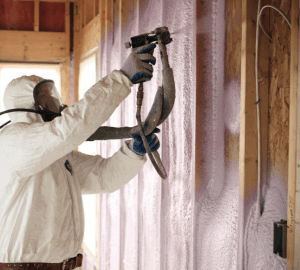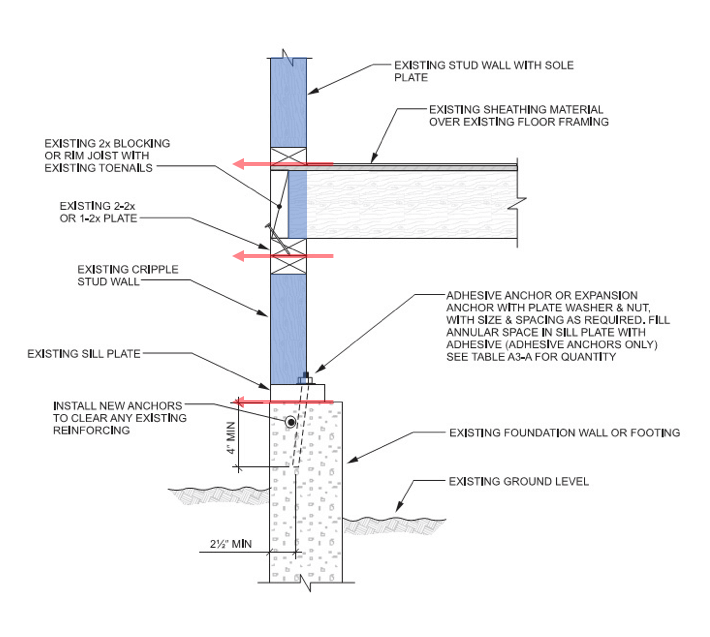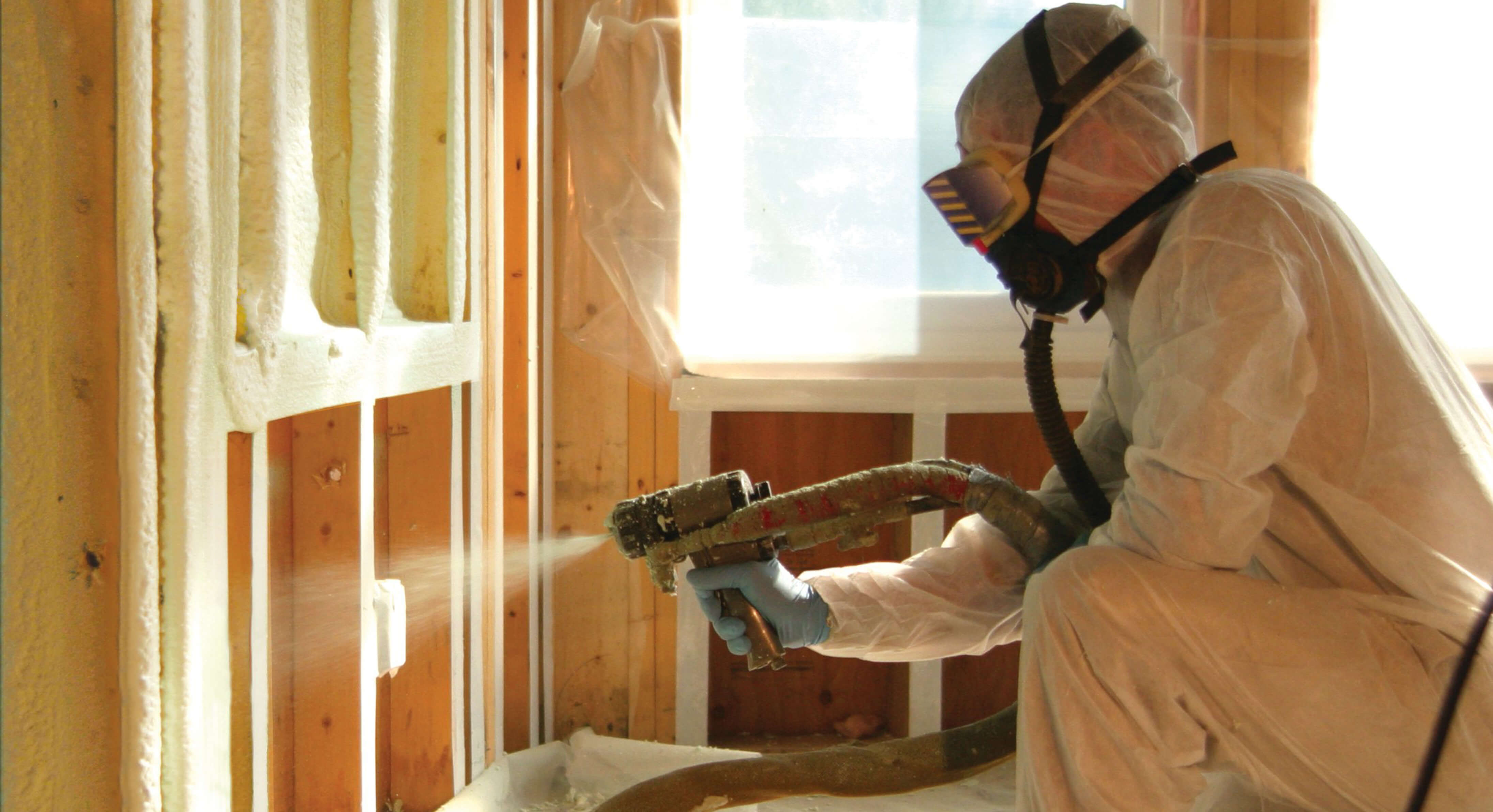Sprayfoam insulation is the hottest product in the building industry. Some people (usually contractors and sales reps) laud it as a magical solution for all your construction needs. Others (usually building scientists) crucify it as the most evil and harmful product you could put in your house.
Our office avoids sprayfoam whenever possible, but we are not opposed to using it when it makes sense. There are circumstances where sprayfoam is a useful product, but we need to make sure the performance, economic, and health qualities of the assembly support its use.
Here is a beginner’s guide to understand if sprayfoam is a necessary evil, or just evil.
THE GOOD
Sprayfoam can be very effective when detailed and executed properly. It is easy to install, and it provides thermal resistance, vapour control, and air-tightness in a single product. All of these qualities, however, are contingent on a lot of factors.
THE BAD
The negative aspects of sprayfoam can be summarized by three categories:
 1. Health
1. Health
Sprayfoam is a fire accelerant. It is a rare case where your house will catch on fire, so it is hard to take this characteristic seriously. But in the rare event of a house fire, sprayfoam can make a bad situation worse.
Offgasing is also a concern. When chemicals in the spray do not bond perfectly (which is inevitable in a small amount of any application) indoor pollutants will be released long into the future. This offgasing combined with any foam dust that may still be present after construction is a dermal and respiratory sensitizer.
If you have children or you are prone to asthma, bronchitis, skin irritation, or other similar symptoms, you would do well to avoid sprayfoam.
2. Performance
Sprayfoam should only be considered insulation, not a vapour barrier, nor an air-barrier.
Shrinkage, cracks, and faults in installation are common issues that prevent it from being a high-quality air or vapour barrier. But in addition to this, sprayfoam is only effective at sealing the centre of a joist or stud cavity, where air and vapour control is of least concern. Air leakage and moisture issues are prone at corners, sill plates, and other areas where sprayfoam cannot be installed. So although sprayfoam can act as an air and vapour barrier, your home will still need other products to have a completely resolved building envelope.
If you are still having to invest in tapes and membranes, you will be farther ahead using a batt insulation that costs less and avoids the health concerns.
3. Quality
Achieving construction efficiencies with sprayfoam is possible, if you detail your building envelope to take
advantage of its multi-faceted performance characteristics. But even then, your envelope is at the mercy of a
site-manufactured product. Good quality sprayfoam installation requires all of; good workmanship, clean surfaces, and fair weather.

I have never seen all three of those coexisting on a construction site.
It is possible to verify the installation of sprayfoam by pressurizing the home and using a thermal camera to detect leakage points for repair. We actually recommend doing that for all homes, no matter what type of insulation and air barrier is specified. Understand that sprayfoam is not a magic bullet. It requires verification and repair like any other product.
Finally (speaking of repair), make sure you do not want to move any potlights, switches, or outlets. Making changes to electrical and plumbing once sprayfoam is installed can be time consuming – or as we say on site, expensive.
WHEN SHOULD / CAN I USE SPRAYFOAM?
You should use it never.
You can use it when you have no health sensitivities, and can take advantage of it as a comprehensive solution for air, thermal, and vapour resistance across your entire building envelope with good detailing, and can properly verification and correct its installation.
As with any building product, there are tradeoffs to consider. If your architect is suggesting the use of sprayfoam, question them on the health, performance, and quality aspects of their design. And if you do not like the answer, fire them immediately and hire us.

